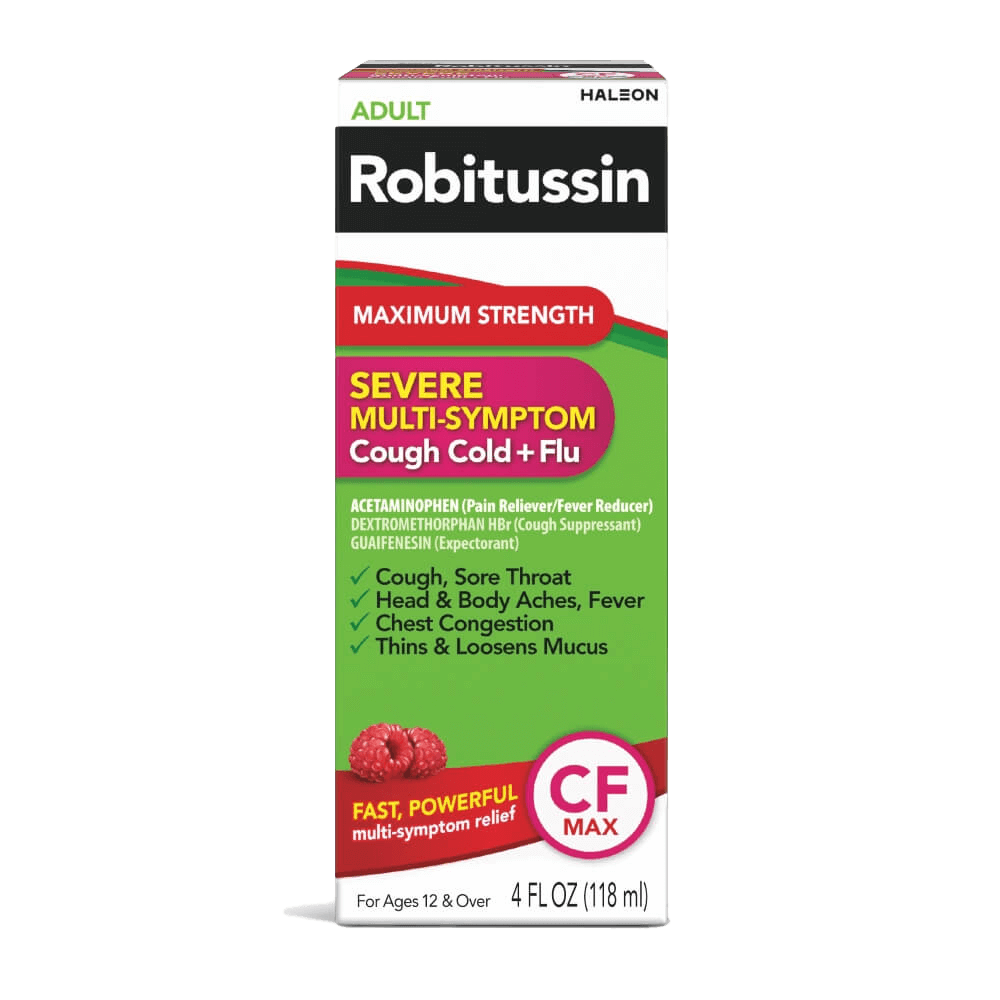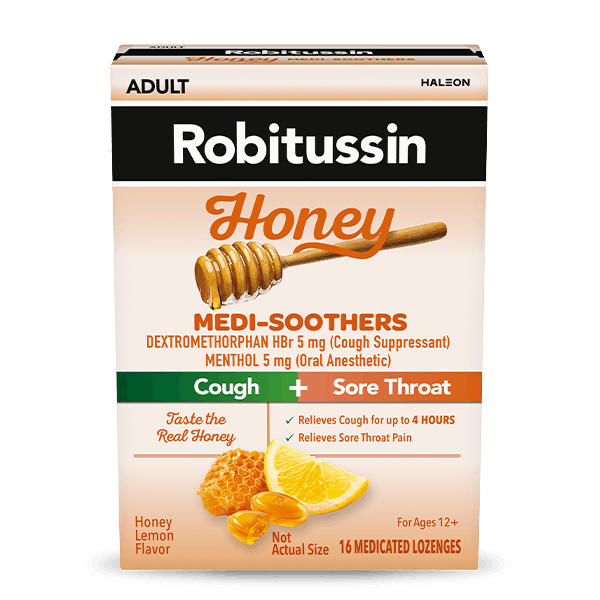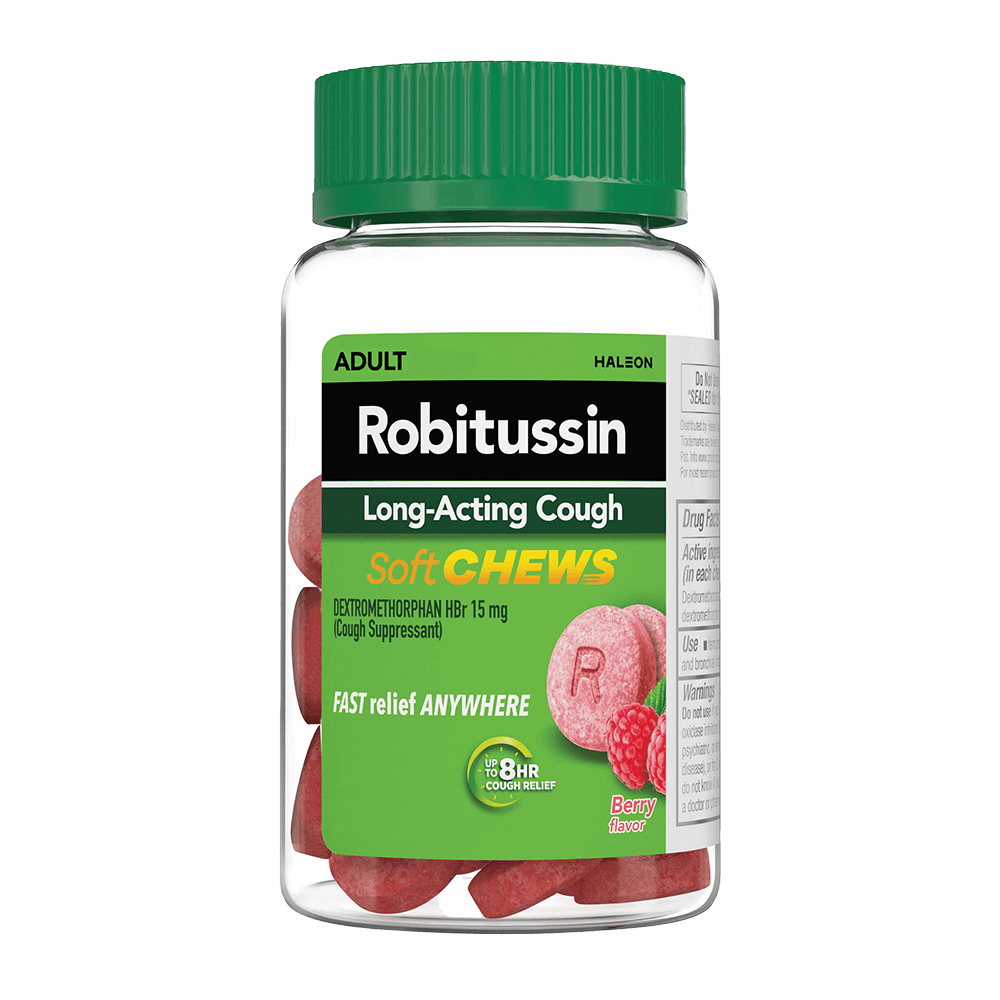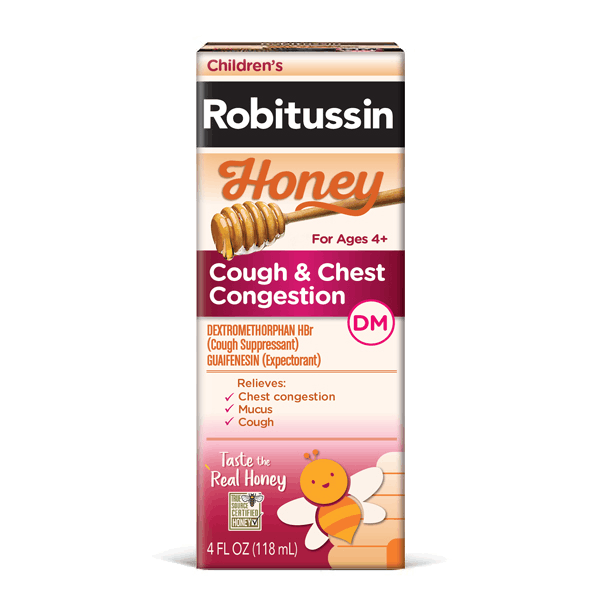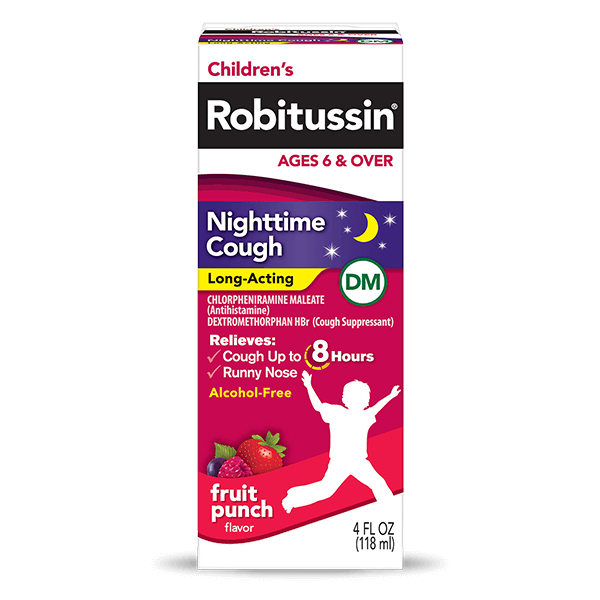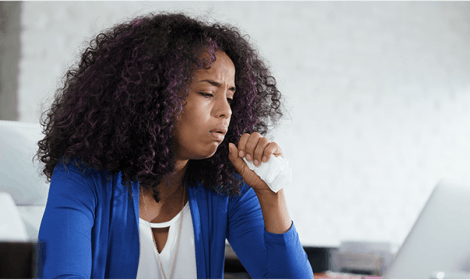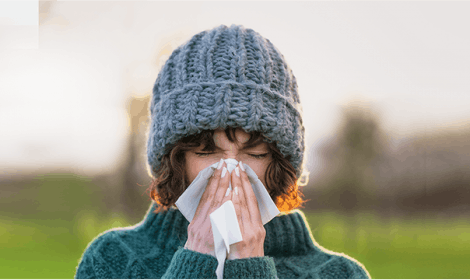Why do you experience body chills with a fever?
Feeling feverish and experiencing chills can be an unpleasant experience. You're bundled up in blankets, yet you shiver throughout the night. Have you wondered why fevers often come hand in hand with chills? Learn the causes, symptoms, and home remedies for fever and chills, and learn more about this physiological response.
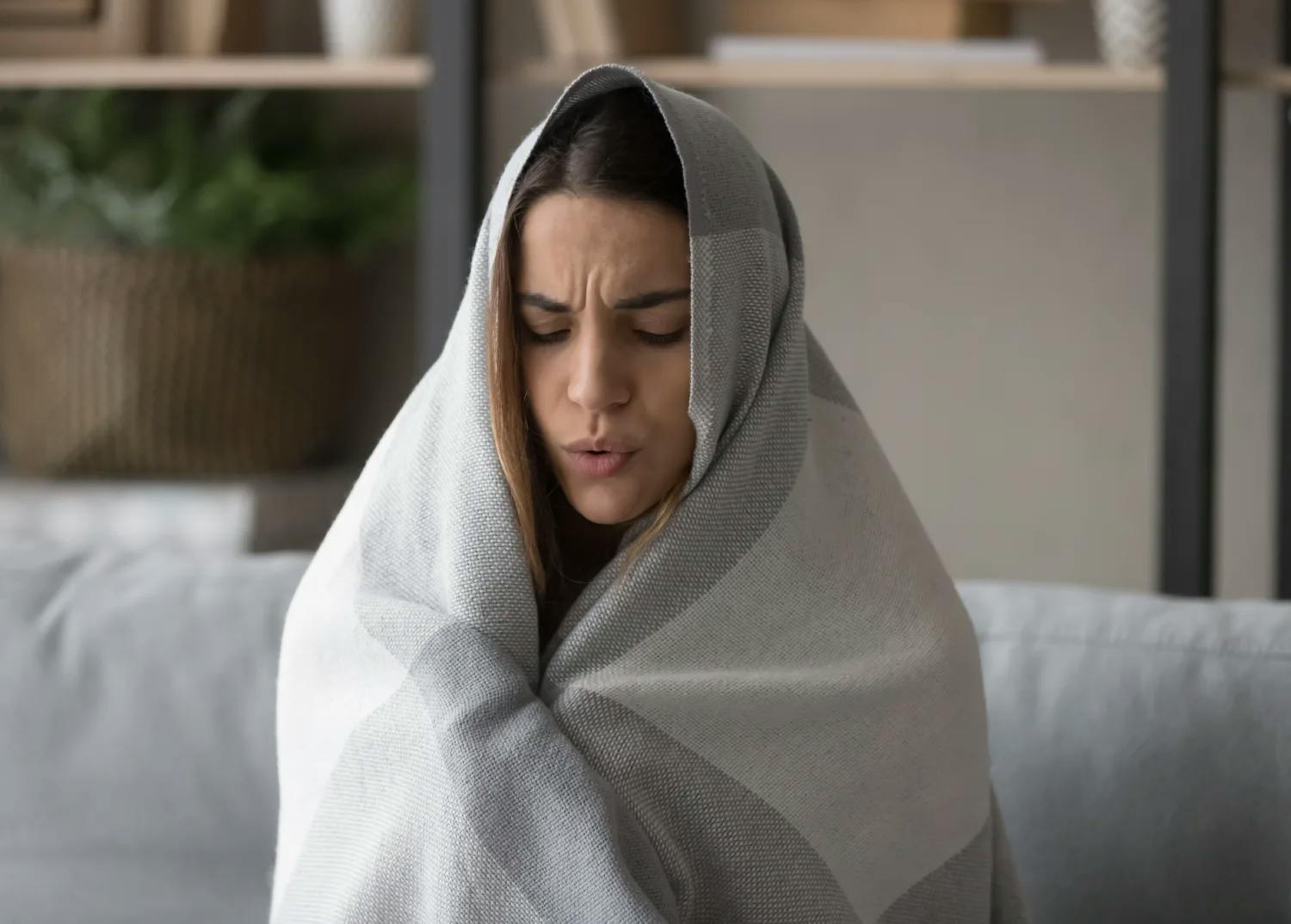
What are the chills?
Chills are your body's way of responding to an internal threat.1 When you're exposed to bacteria or viruses, your immune system responds and your brain raises your body temperature. As it adjusts and recognizes this higher temperature as the new norm, it sets off several physiological responses, including shivering. This shivering or the chills generate heat and is your body’s way of warming up to combat an infection.1
What can cause the chills?
Since fevers and chills go-hand in hand, the culprit for both symptoms are likely the same. Your body actively fights off an infection, prompting your body to raise its temperature. The common culprits of the fever and chills are the following: 2
- Bacterial Infections: Conditions like strep throat, urinary tract infections, and pneumonia often cause fever and chills. Bacterial infections stimulate the production of pyrogens, leading to an elevated body temperature.
- Viral Infections: Viruses such as the flu, the common cold, and COVID-19 can also induce fever and chills. Similarly, to bacterial infections, your body responds by releasing pyrogens and raising your temperature.
- Exposure to cold environments: Independent of a fever or an infection, your body can also respond to cold by shivering. However, this may not always be indicative of a fever.
- Autoimmune disorders: Other non-infectious causes of the low-grade fever and chills include autoimmune disorders. Consult with your doctor or medical provider if you are experiencing the chills and can’t identify the culprit. 3
Fever and chills often go hand in hand, but depending on the underlying cause they may manifest alongside other symptoms. Along with chills you may experience sweating, muscle aches, dehydration, and general weakness.4 Pay attention to any other symptoms you might have as they can help determine the root of the issue. For example, a sore throat might suggest a bacterial infection, while a runny nose could point to a viral cause. Chills are also more common in young children as they are more susceptible to developing fevers from minor illnesses. 2
Home Remedies for Fever and Chills
When a fever strikes, you need to provide your body with the adequate care to take the to prevent the disease from spreading and recover. Here are some effective home remedies for adults:2
- Rest: Allow your body to conserve energy for fighting off the infection. Adequate rest is crucial during this time.
- Stay Hydrated: Drink plenty of fluids to prevent dehydration, which can worsen the symptoms.
- Over-the-Counter Medications: Over-the-counter (OTC) fever-reducing medications like acetaminophen or ibuprofen can help alleviate discomfort. Follow the recommended dosages on the label.
- Warm Compress: Applying a warm compress to your forehead or body can provide relief from chills and muscle aches.
- Keep Warm: Dress in layers, use blankets, and maintain a warm room temperature to reduce shivering.
When to Seek Medical Attention
While most cases of fever and chills can be managed at home, there are instances when you should seek medical help:1
- High Fever: If your fever rises above 103°F (39.4°C) or doesn't respond to OTC medications, consult with your healthcare provider.
- Severe Symptoms: If you experience severe symptoms like chest pain, confusion, difficulty breathing, or persistent vomiting, seek immediate medical attention.
- Prolonged Symptoms: If fever and chills persist for more than 3 days or worsen, it's advisable to consult a healthcare provider.
Fever and chills are your body's natural response to infections. While they can be uncomfortable, they are usually a sign that your immune system is actively defending against invaders. By understanding the causes, recognizing symptoms, and using effective home remedies, you can navigate these common symptoms and get well soon. Remember, your health is precious: if you ever have concerns about fever and chills, consult a healthcare professional for guidance and support.
Source Citations:
- Chills. Mount Sinai. https://www.mountsinai.org/health-library/symptoms/chills. Accessed 10/23/23.
- Fever treatment. Mayo Clinic. https://www.mayoclinic.org/diseases-conditions/fever/in-depth/fever/art-20050997. Accessed 10/23/23.
- Auto Immune Diseases. Fred Hutch. https://www.fredhutch.org/en/diseases/autoimmune-diseases/facts-resources.html. Accessed 10/23/23.
- Fever. Mayo Clinic. https://www.mayoclinic.org/diseases-conditions/fever/symptoms-causes/syc-20352759. Accessed 10/23/23.
- **True Source Honey is ethically and transparently sourced. Click here to learn more
- ^Read more about our non-GMO standard. here
- ⚬This product contains the active ingredients Dextromethorphan.
- **This product contains the active ingredients Dextromethorphan and Guaifenesin.
- *These statements have not been evaluated by the Food and Drug Administration. This product is not intended to diagnose, treat, cure or prevent any disease.
- Use as Directed.

